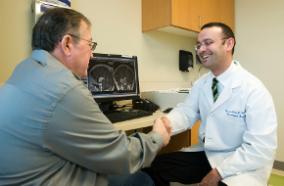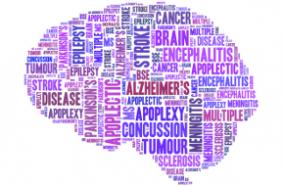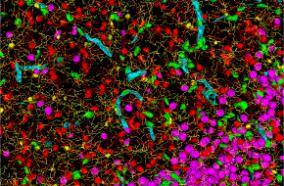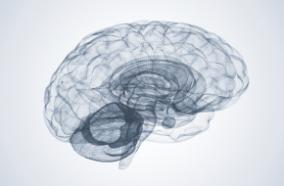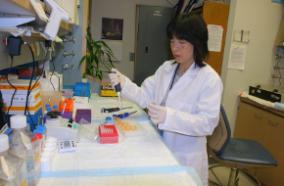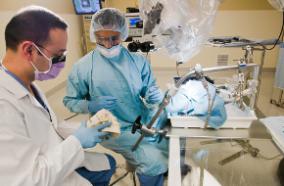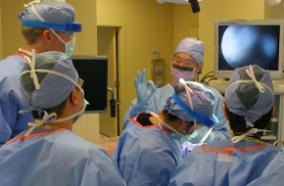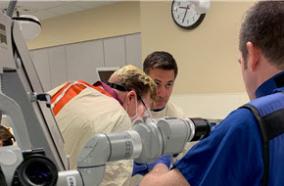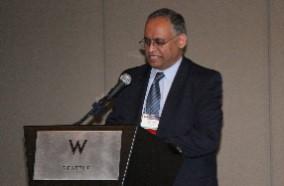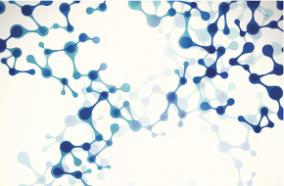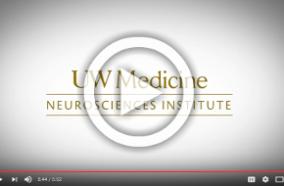A Consensus-Based Management Protocol For The Treatment Of Severe Traumatic Brain Injury Based On Imaging And Clinical Examination For Use When Intracranial Pressure Monitoring Is Not Employed.
A Consensus-Based Management Protocol For The Treatment Of Severe Traumatic Brain Injury Based On Imaging And Clinical Examination For Use When Intracranial Pressure Monitoring Is Not Employed.
J Neurotrauma. 2020 Feb 04;:
Authors: Chesnut R, Temkin N, Videtta W, Petroni G, Lujan S, Pridgeon J, Dikmen S, Chaddock K, Barber J, Machamer J, Guadagnoli N, Hendrickson P, Aguilera S, Alanis V, Bello Quezada ME, Bautista Coronel E, Bustamante LA, Cacciatroi A, Carricondo CJ, Carvajal F, Davila R, Dominguez M, Figueroa JA, Fillipi MM, Godoy D, Gomez DC, Lacerda Gallardo AJ, Guerra Garcia JA, Zerain GF, Lavendez Cuientas LA, Lequipe C, Grajales Yuca GV, Jibaja Vega M, Kessler ME, Lopez Delgado HJ, Sandi Lora F, Mazzola AM, Maldonado RM, Mezquia de Pedro N, Martinez Zubieta JR, Mijangos Mendez JC, Mora J, Ochoa Parra JM, Pahnke PB, Paranhos J, Pinero G, Rivadeneira Pilacuán FA, Mendez Rivera MN, Romero Figueroa RL, Rubiano A, Saraguro Orozco AM, Silesky Jiménez JI, Silva Naranjo LV, Soler Morejon C, Urbina Z
Abstract
Globally, intracranial pressure (ICP) monitoring use in severe traumatic brain injury (sTBI) is inconsistent and susceptible to resource limitations and clinical philosophies. For situations without monitoring, there is no published comprehensive management algorithm specific to identifying and treating suspected intracranial hypertension (SICH) outside of the one ad hoc protocol in the BEST TRIP trial. As part of an ongoing NIH-supported project, a consensus conference involving 43 experienced Latin American Intensivists and Neurosurgeons who routinely care for sTBI patients without ICP monitoring, refined, revised, and augmented the original BEST TRIP algorithm. Based on BEST TRIP trial data and pre-meeting polling, 11 issues were target for development. We used Delphi-based methodology to codify individual statements and the final algorithm, using a group agreement threshold of 80%. The resulting algorithm defines SICH and addresses both general management and specific treatment. SICH treatment modalities are organized into tiers to guide treatment escalation and tapering. Treatment schedules were developed to facilitate targeted management of disease severity. A decision-support model, based on the group's combined practices, is provided to guide this process. This algorithm provides the first comprehensive management algorithm for treating sTBI patients when ICP monitoring is not available. It is intended to provide a framework to guide clinical care and direct future research toward sTBI management. Due to the dearth of relevant literature, it is explicitly consensus based, and is provided solely as a resource (a "consensus-based curbside consult") to assist in treating sTBI in general intensive care units in resource-limited environments.
PMID: 32013721 [PubMed - as supplied by publisher]

